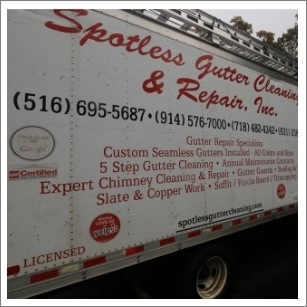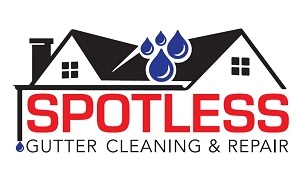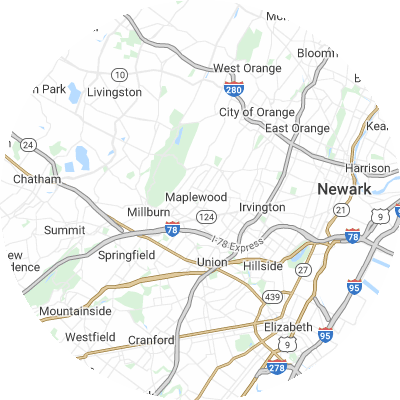Signs You May Need Gutter Guards
While gutter guards aren't always needed, signs of clogged gutters are clear. Issues stemming from persistent gutter problems include:
- Soggy ground or visible erosion patterns around your home's foundation
- Visibly damaged, sagging, or misaligned gutters that no longer correctly direct rainwater
- Mold growth, interior wall stains, or peeling exterior paint on walls near gutters.
- Leaky seams or joints where water leaks from the gutters
- Frequent clogs that cause overflow and water to spill over gutters
How To Choose a Gutter Guard Installer
Assess Their Experience
When picking an installation company, look for one with extensive experience and knowledge about various brands and guard types. An experienced company will understand how to take measurements and install gutter guards for your specific needs. Ask about a provider's years of experience and request referrals from local customers.
Verify Proper Licensing and Insurance
Always confirm professional gutter guard installers are licensed, bonded, and maintain workers compensation and general liability insurance. This protects you from liability for any injuries or accidents that could occur. Ask to see current licensing and insurance papers when communicating with potential providers.
Choose Reputable Brands
Look for companies that provide highly reputable gutter guard brands like Gutter Helmet and LeafFilter. Avoid companies that offer only generic no-name guards or their own off-brands, which may not have undergone rigorous quality control testing.
Seek Custom Fit Services
For optimal performance, gutter guards should have on-site sizing and cutting to match your gutters. Pick a company that takes specific measurements and trims guards for your house instead of using one-size guards. Correctly-fitted guards prevent debris-trapping gaps from forming.
Examine Warranties
Top gutter guard installers often offer 20-year or lifetime warranties that protect against clogs, rust, leaks, and other issues. When choosing a company, look into the warranty details for both materials and workmanship guarantees. Warranties offer the best protection for your gutter investment.
Check Reviews and Referrals
It's a good idea to research online reviews on Google Reviews, the Better Business Bureau (BBB), Yelp, and other review sites to read customer feedback. Ask neighbors to suggest companies that provide quality local gutter guard installation. When researching, look for providers with a history of steady positive reviews rather than only one or two sporadic reviews.
Types of Gutter Guards
There are six most common gutter guard types. These include the following:
- Foam guards consist of pieces of foam that rest in your gutters to stop debris. They're light and easy to install. Foam guards cost roughly $2.44 per linear foot.
- Brush guards are just what they sound like: large brush bristles that sit in your gutters to catch debris while letting water through. On average, you can expect to pay $4.01 per linear foot for brush guards.
- Screen guards have large holes that allow water through while stopping debris. Screen guards cost around $3.69 per linear foot.
- Mesh guards have smaller holes than screen guards and similarly stop debris while allowing water to flow through. They are durable and help debris slide off rather than sit on top of your gutters. On average, you can expect to pay $3.59 per linear foot for mesh guards.
- Micro-mesh guards have even smaller holes than mesh guards and allow even less debris through than mesh. These types of guards are extremely effective. Micro-mesh guards cost roughly $4.71 per linear foot.
- Surface tension guards, also called reverse curve guards, use surface tension to encourage water to flow into your gutters while debris slides off. Normally, they are visible from the ground. Surface tension guards cost roughly $2.74 per linear foot.














